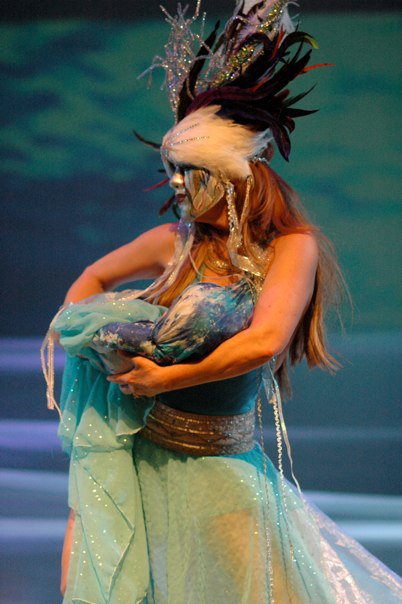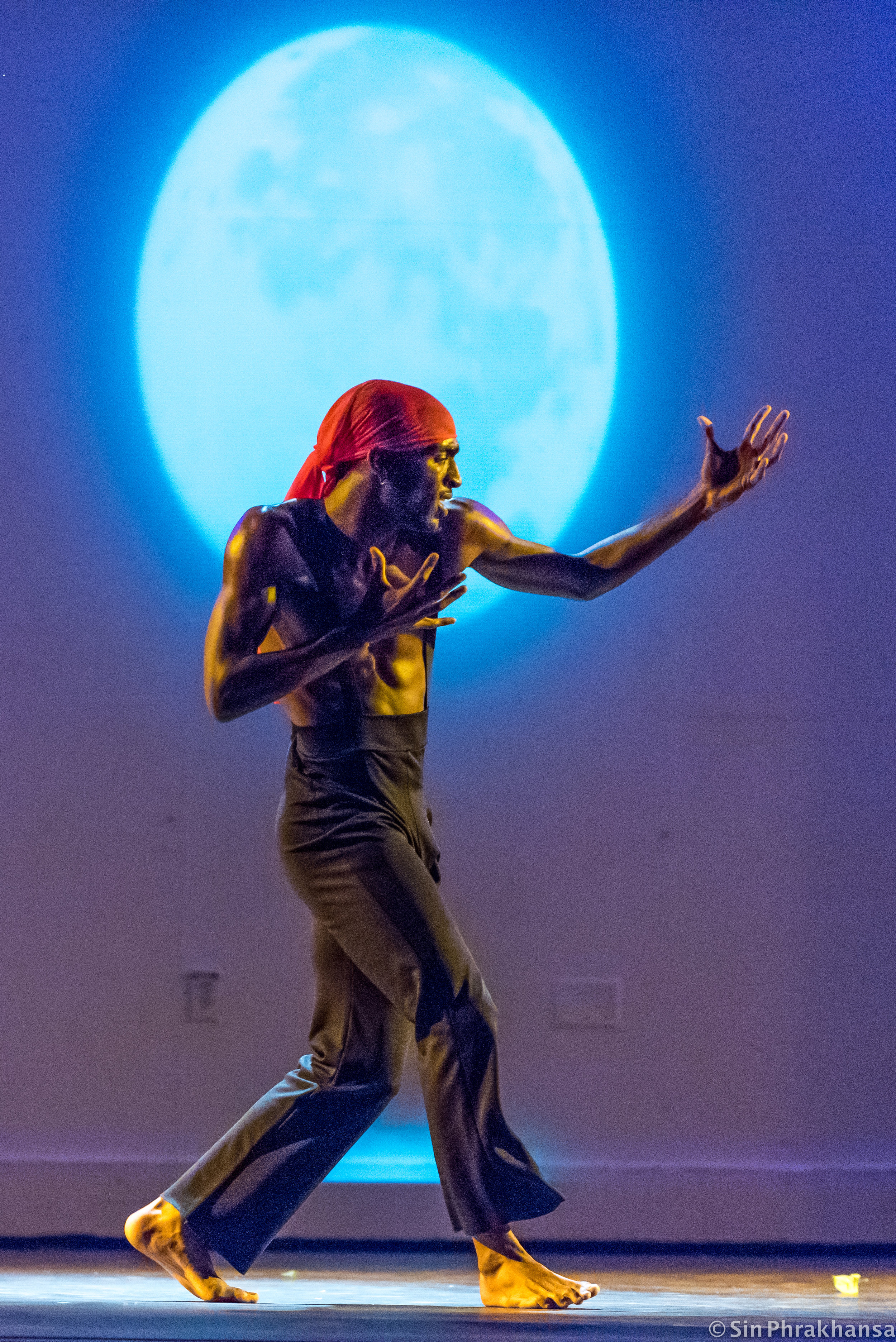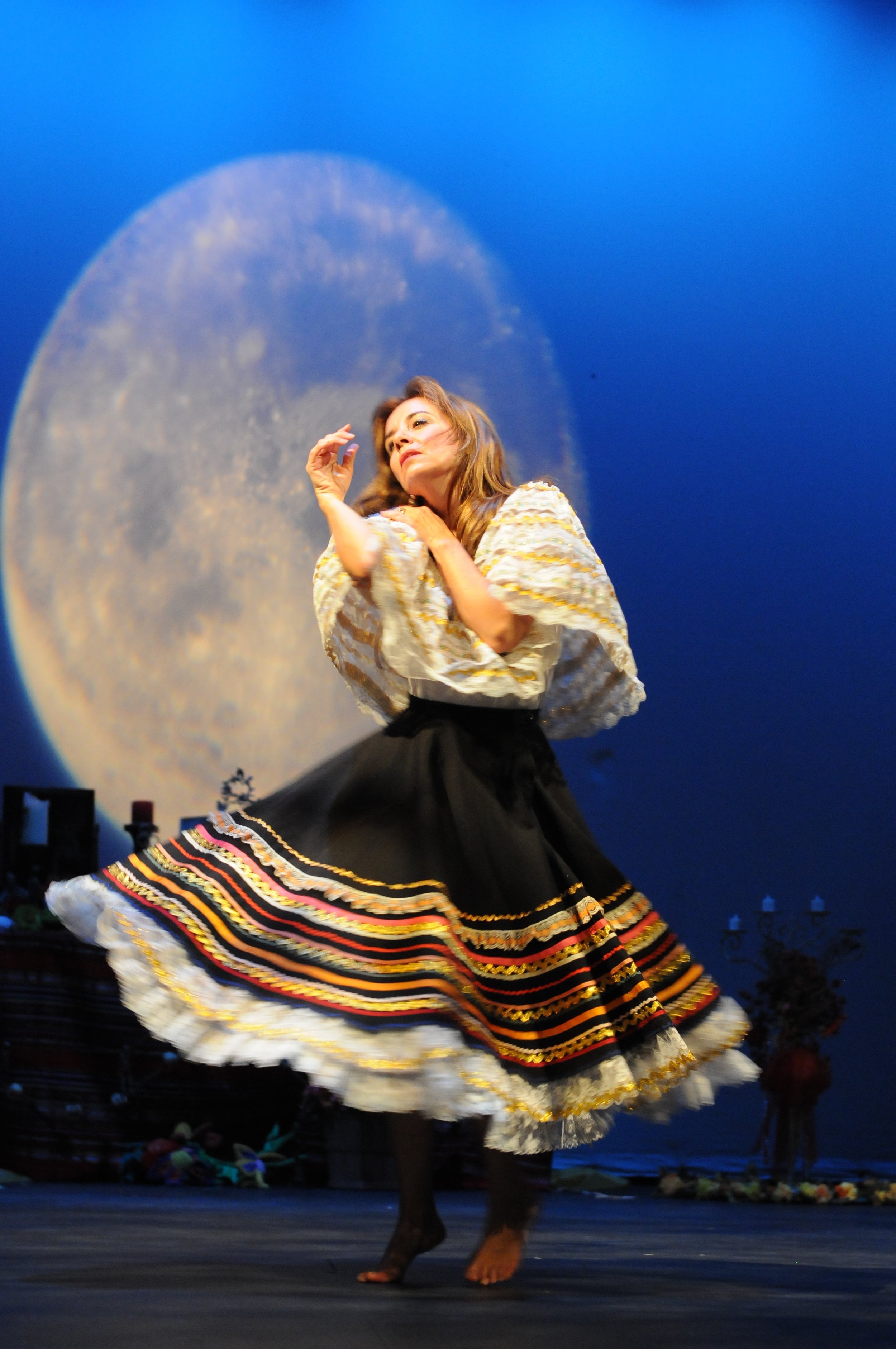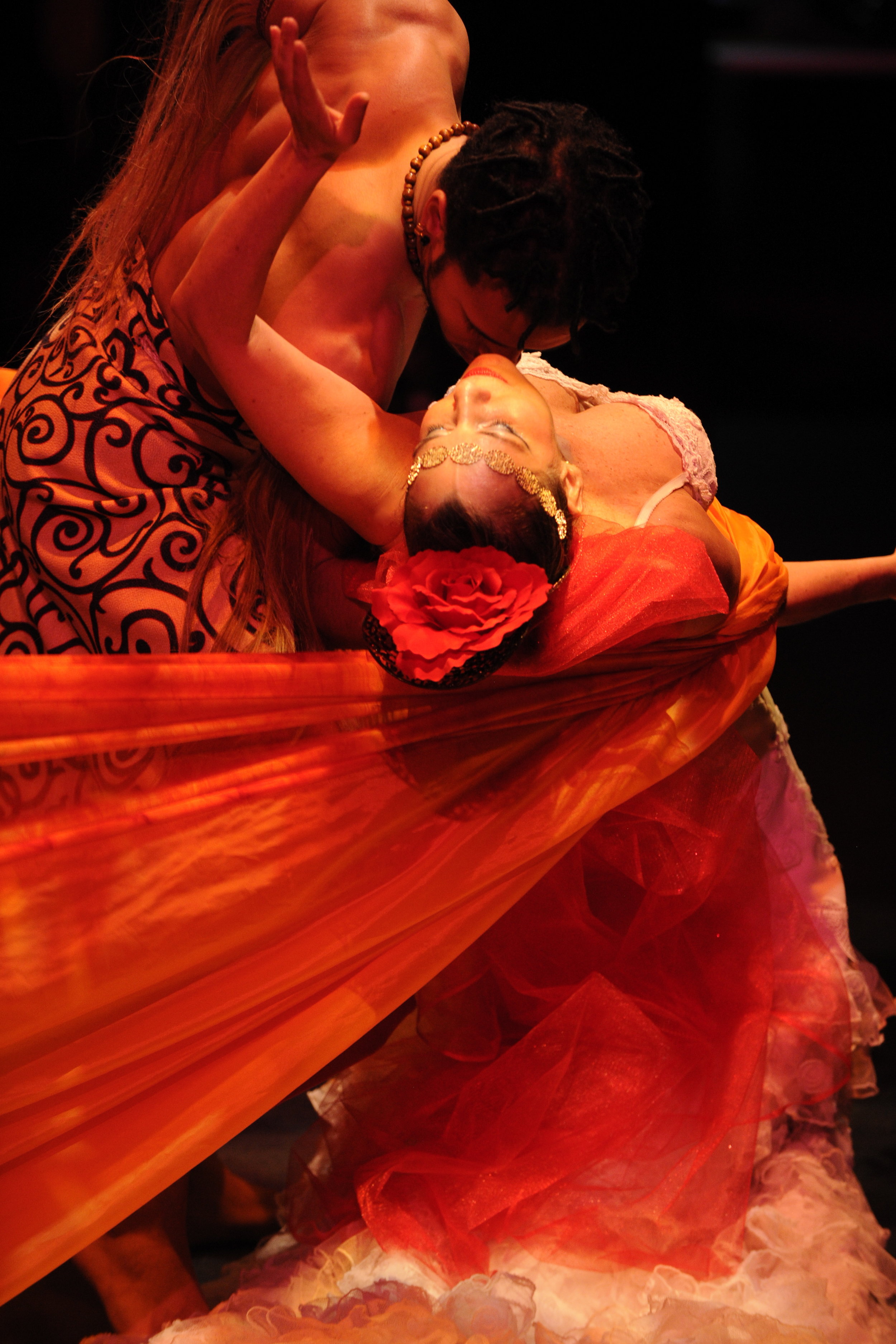Alma Latina
(Latin Soul)
From the passionate fury of flamenco to tango’s forbidden heat, the polished elegance of classical ballet to the earthen power of modern dance, the Latin Ballet of Virginia uses the expressive beauty of movement to weave the tales and traditions that are the heart and soul of Hispanic culture.
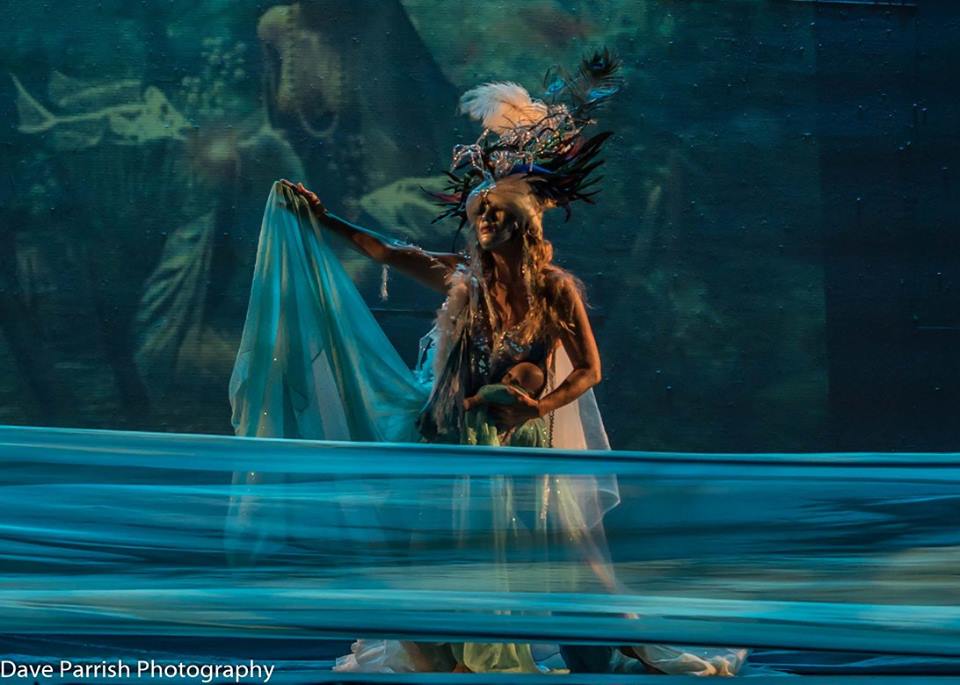
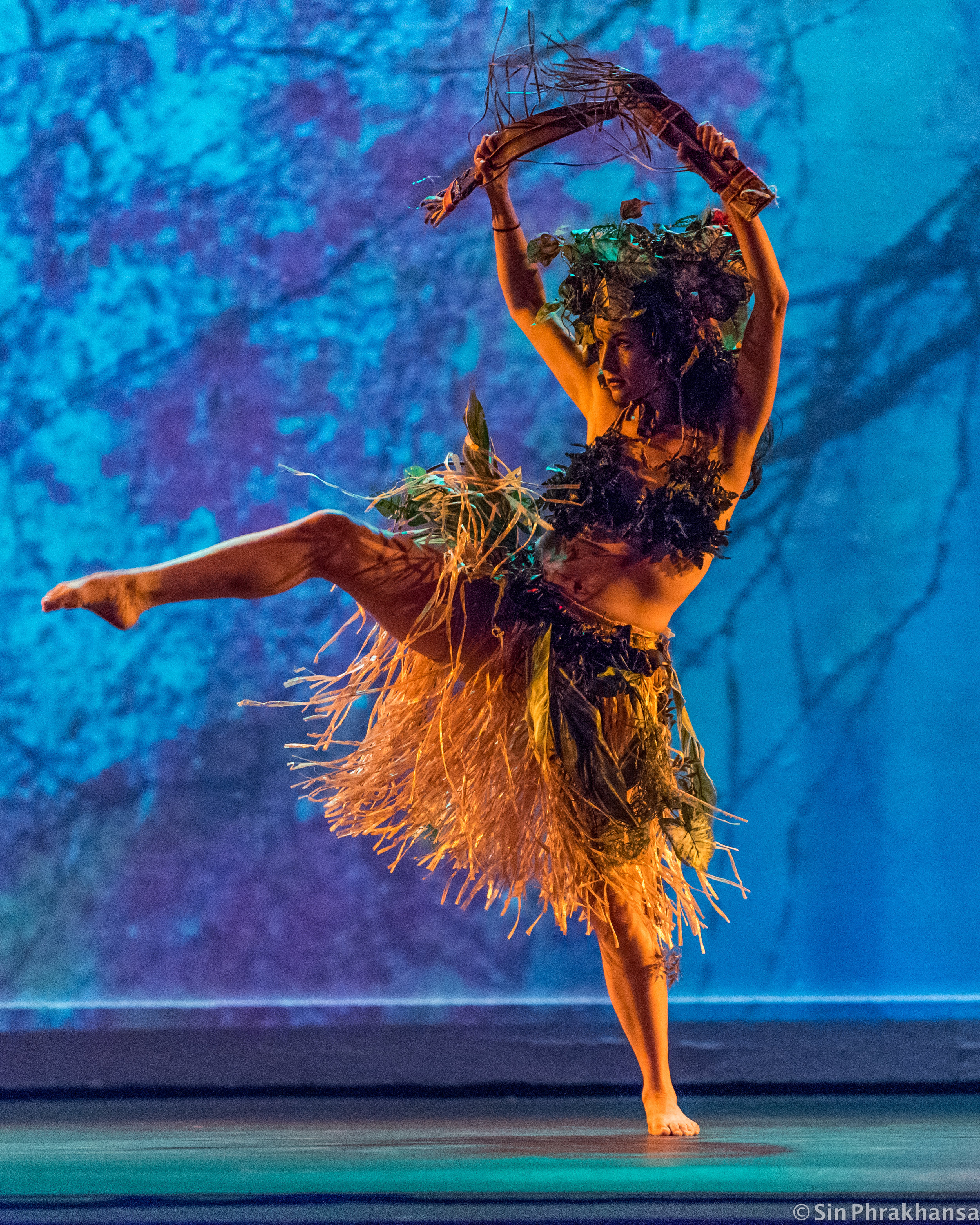
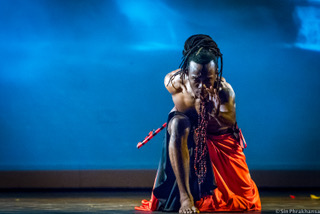
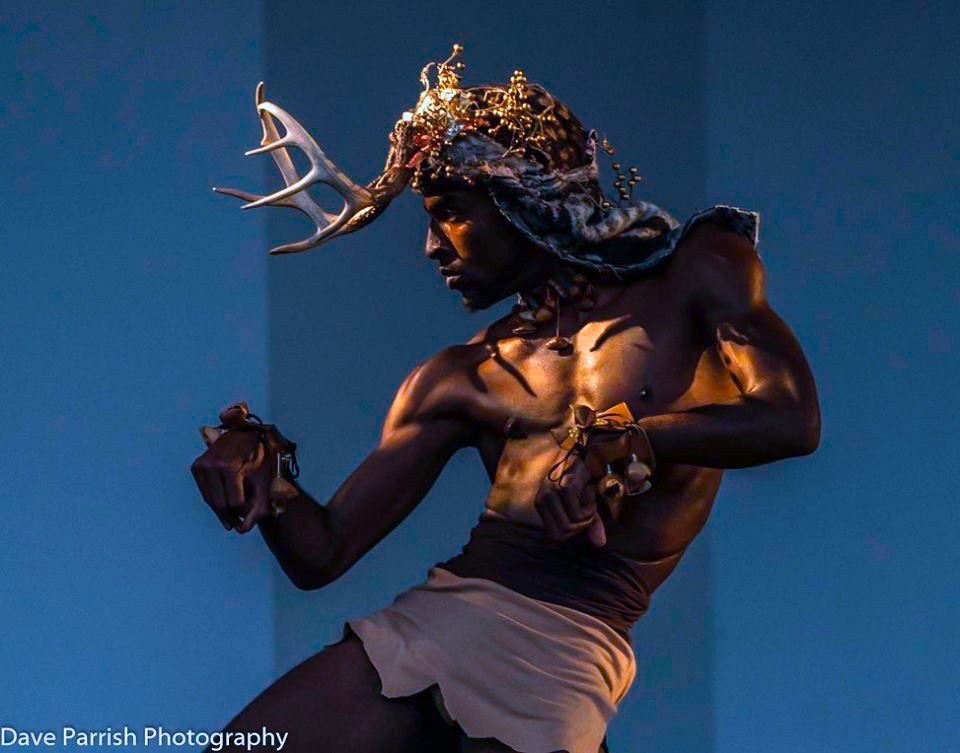
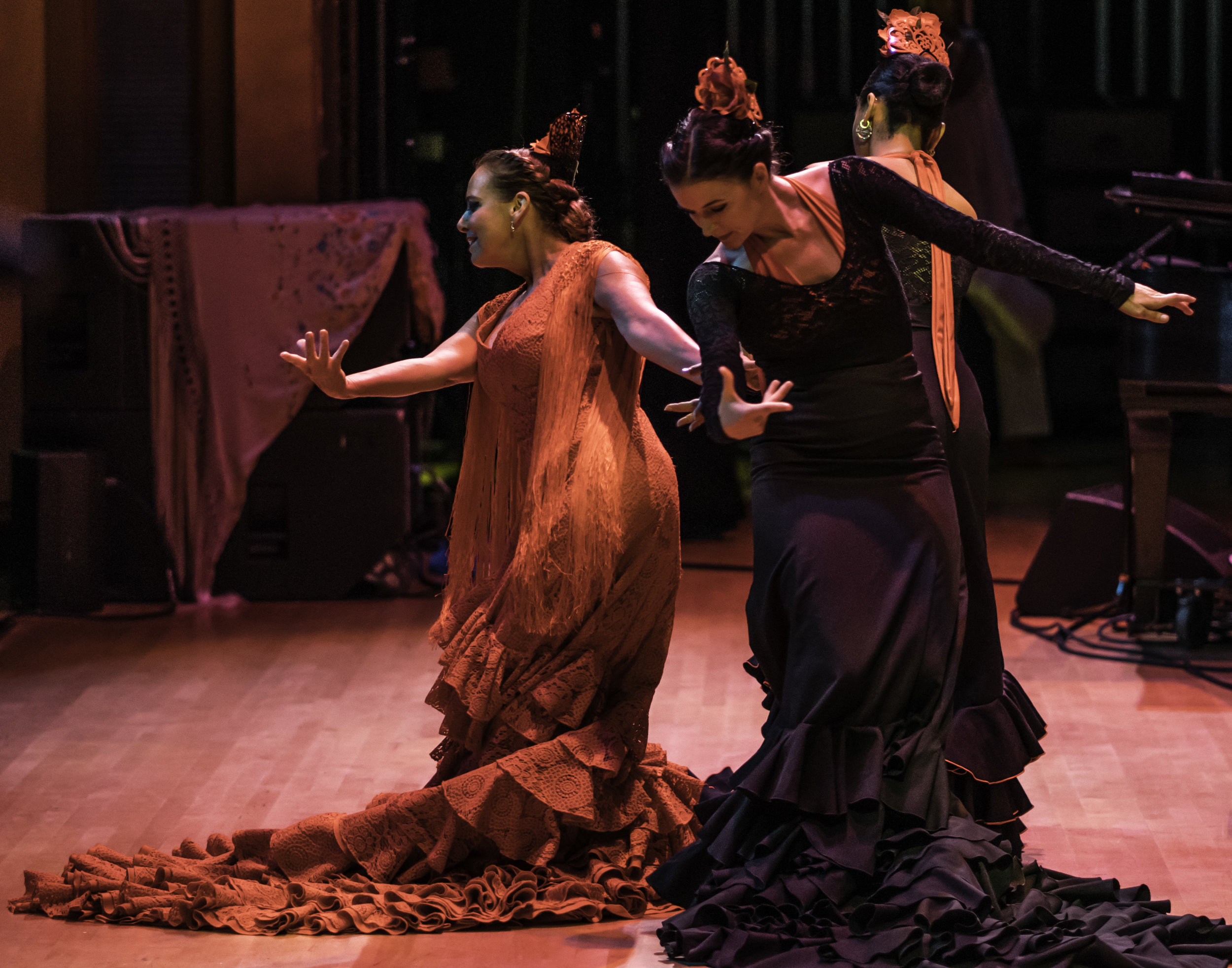
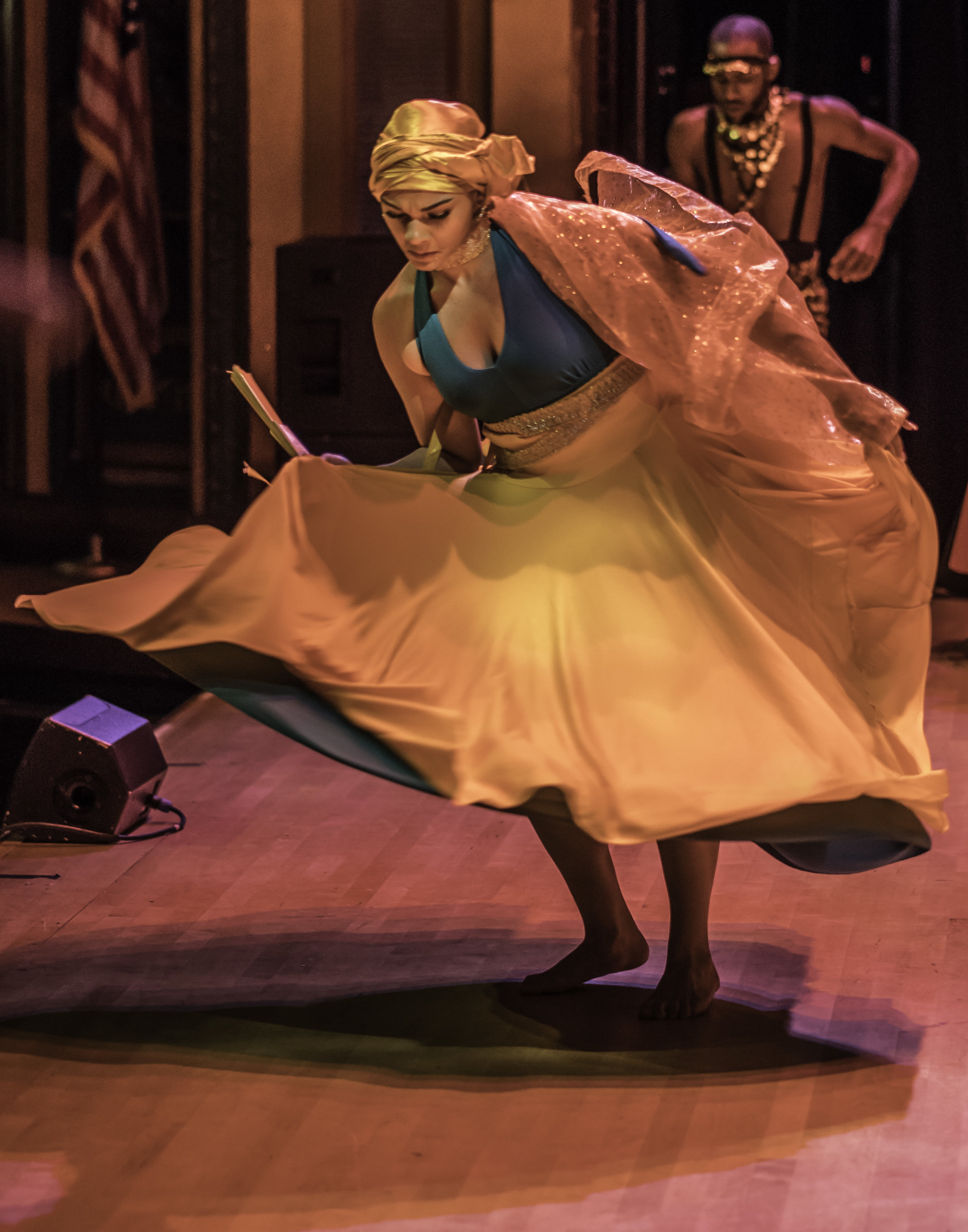

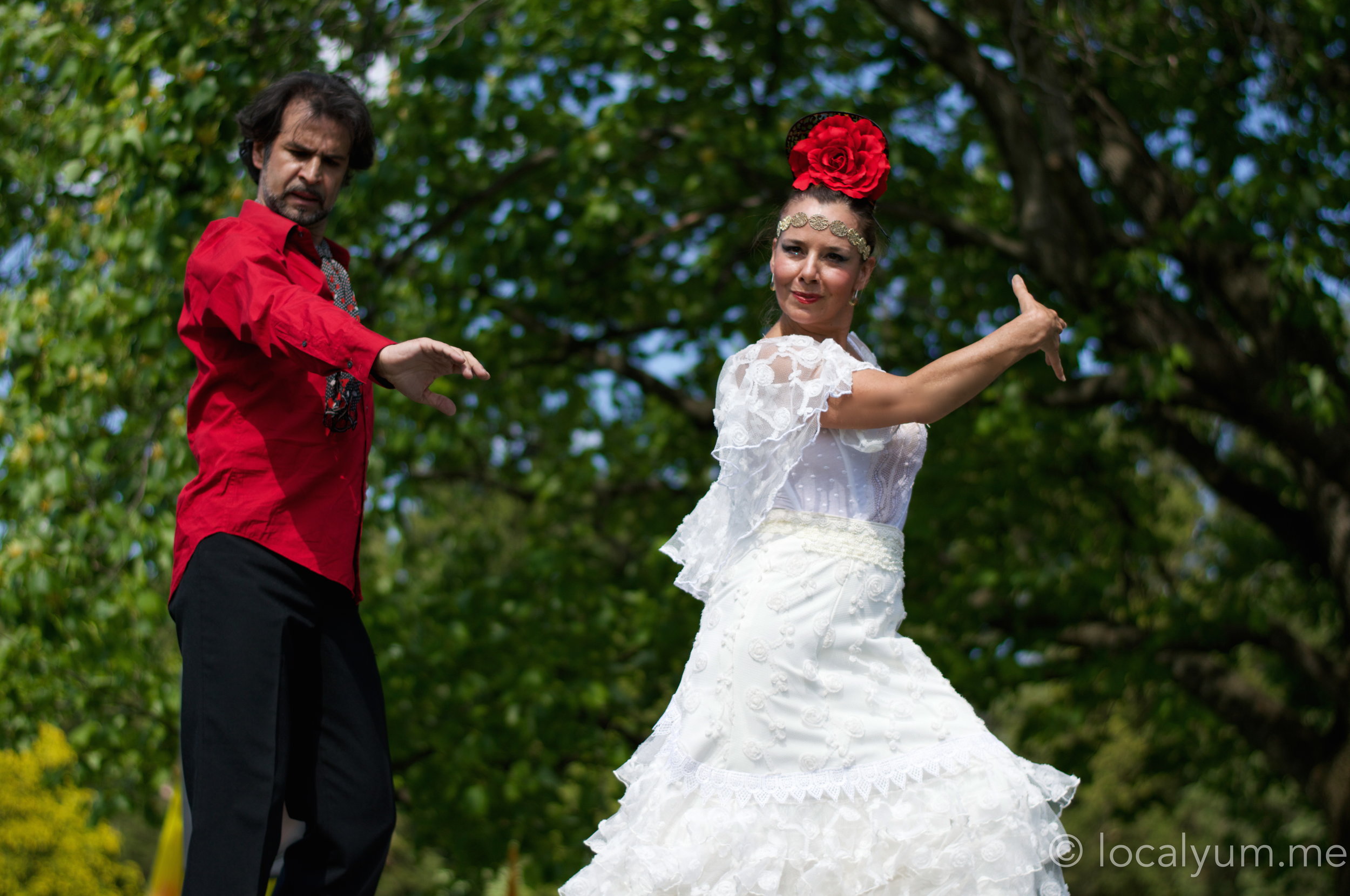
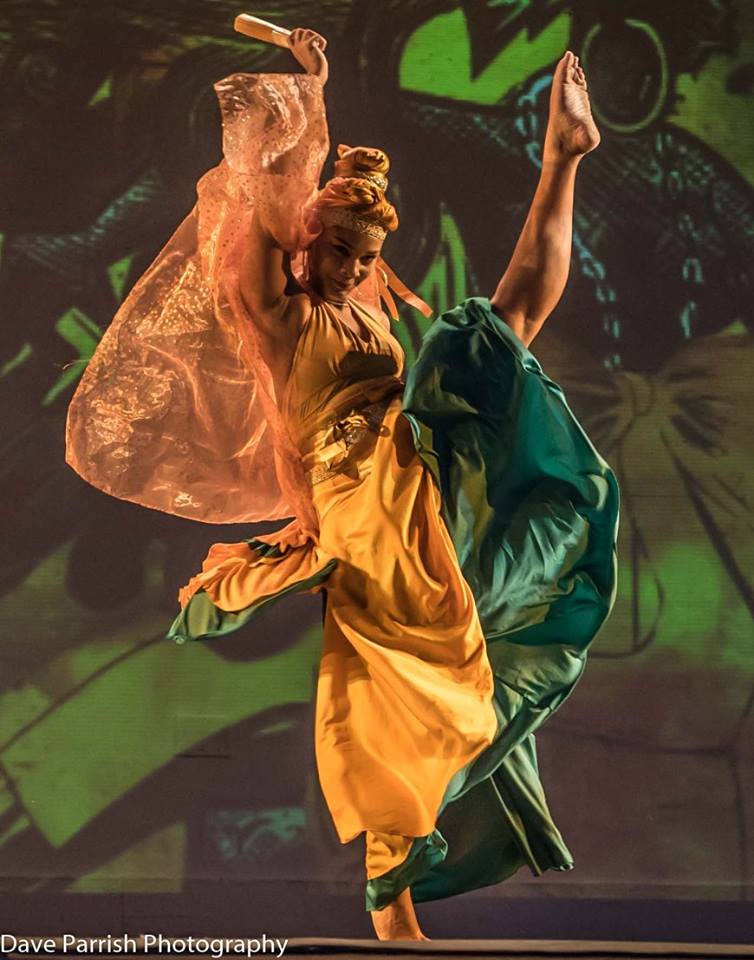
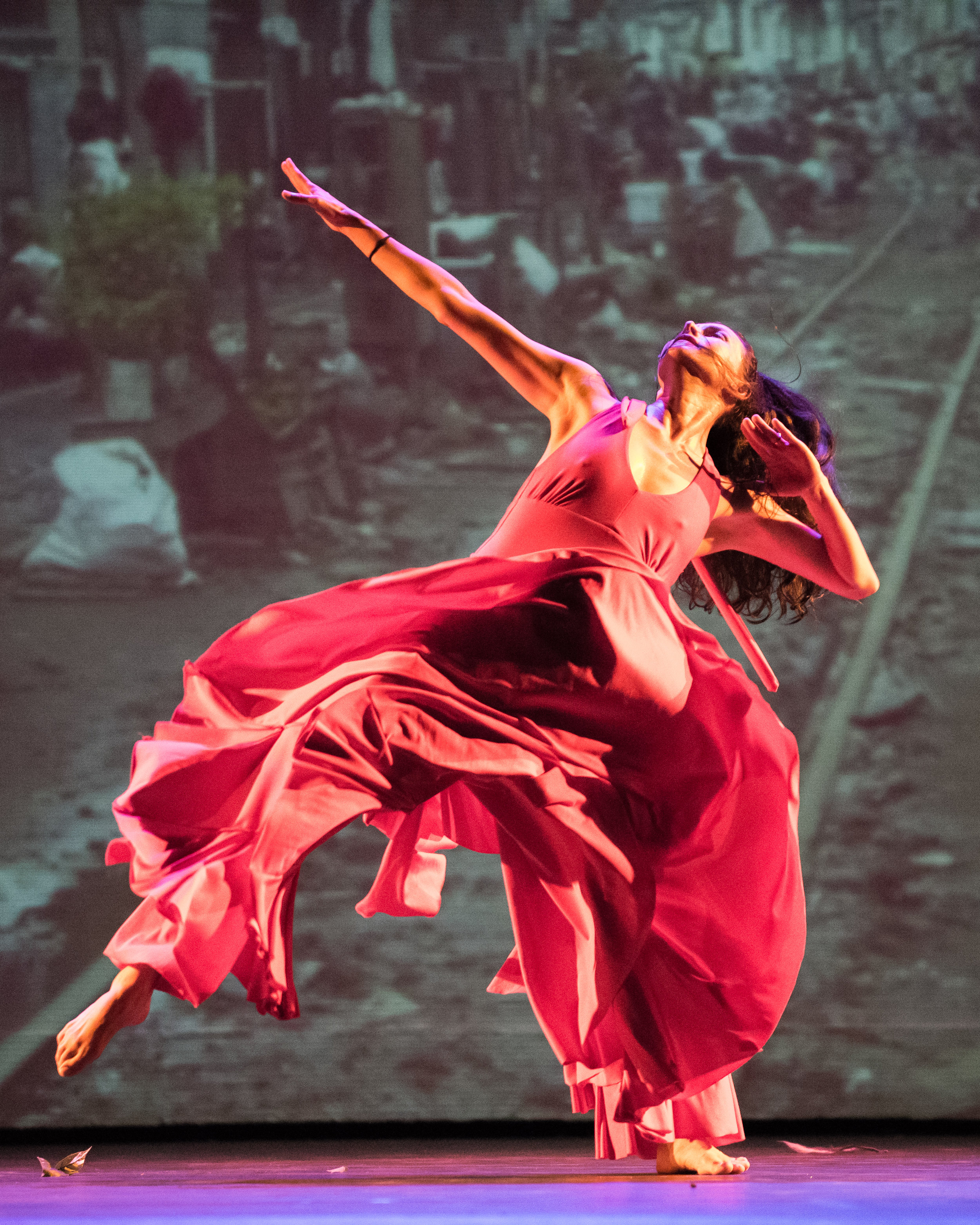
Celebrating the rhythms that influenced the music, dance and history of Latin America, Alma Latina honors the native essence of Hispanic culture, how this spirit has found expression through times of oppression and how it has triumphed in our modern global society.
Alma Latina celebra la música, danza e historia de nuestra Latino America.
Alma Latina is a family-oriented dance-theater production celebrating the history that influenced the rhythm, music and dance of Latin America. Through salsa, mambo, tango, flamenco and reggae, the unique, powerful and passionate artists of the Latin Ballet of Virginia will weave tradition, culture and politics into a tapestry of understanding for the soul (Alma), the people and the history of Latin America, the Caribbean and Spain.
What would the world be without the mix of cultures?
How could we live without dance and music?
How can we exist without people of all colors and shapes?
Latin Soul and Rumba, soul of joyful Life and Passion. From North to South, from Orient to Occident. God bless you always, Latino America the most “rumbera”
Alma Latina y Rumbera, Alma de vida y pasión. Que Dios te bendiga siempre Latino America, la mas rumbera!
Spain and the Flamenco
Flamenco is the most characteristic element of Spanish culture, especially throughout the southern region of Andalucía. Flamenco dance has an extensive historical background that parallels the cultural development of Spain itself.
The first form of Flamenco was called “Cante JONDO (Hondo)” (Deep song). The dance form was born in caves and ghettoes, where gypsies hid from their rulers. Gypsies forms of Flamenco were later influenced in reverse from many Andalucian folkloric dance and music forms. In the 1800, during the times of Latin American colonization, Flamenco instruments and music from Latino America and the Caribbean and that further enriched many of the native Andalucian flamenco forms.
Flamenco was declared by the UNESCO in 2010 The Intangible Cultural Heritage of Humanity
El Cante Jondo (Hondo) fue el primer palo (ritmo) que existió. Flamenco describe las tradiciones y cultura del Sur de España, la región de Andalucía. Su danza, música y canto definen la historia y el desarrollo cultural de España. La danza nació en las cuevas donde los Gitanos se reunían secretamente huyendo de sus opresores. Mas tarde las danzas y música de los Gitanos se mezclaron con el folclor tradicional de Andalucía. En los 1800s, durante la colonización de Latino America y el Caribe, el flamenco se enriqueció de ritmos y danzas del Caribe y Latino America, incorporando también nuevos instrumentos al flamenco tradicional de la región de Andalucía.
El Flamenco fue declarado por la UNESCO en el 2010 como Arte Universal y es Patrimonio Inmaterial de la Humanidad.
Caribbean Islands - The Orishas
The religion of the West African Yoruba people was forced underground by centuries of slavery in the Americas. The Orishas or deities represent the seven tribes of Africa. They are a force that offers guidance and strength
through all life’s trials and tribulations and are considered the spirits of dead and life. Even the Spanish tried to eradicate their believes, it is still the main practiced religion in Cuba and a major part of the Caribbean islands.
La cultura, y religión de la gente Yoruba del Oeste de África fue forzada a erradicarse por cientos de años de esclavitud en las Américas. Los Orishas o deidades representan las siete tribus de África. Ellos son la fuerza y energía que guía e ilumina el camino de la vida y la muerte. A pesar de su persecución, es la tradición que mas se practica en Cuba y en la mayoría de las islas del Caribe.
Colombia, "The Land of a Thousand Rhythms"
The beautiful country of Colombia is well known for its emeralds, the myth of El Dorado, the richest coffee in the world, its tropical landscapes, and its capital nestled in the Andean peaks. Colombia’s diverse culture is a product of its unique history, and its African, European and Native Indian influences.
Colombia, the land of a thousand rhythms, holding over 1,025 folk rhythms; with the best known genres being cumbia and vallenato holds “El Festival Mundial de la Salsa” (The World Festival of Salsa) every year in Cali, which is known as the World's Capital of the Salsa.
Colombia y su diversa cultura es producto de una historia enriquecida con raíces e influencias Africana, Europea y Nativa. Colombia es reconocida por sus preciosas esmeraldas, el mito de El Dorado, sus paisajes tropicales, la belleza de los Andes y como productora del mejor café del mundo.
Colombia cuenta con mas de 1,025 ritmos folklóricos. Los mas conocidos mundialmente son la cumbia y el vallenato. Cali es la Capital Mundial de la Salsa donde se celebra anualmente el reconocido Festival Mundial de la Salsa.
Jamaica & The Reggae
Reggae is hypnotic, trance music. It is the anger and the protest of lyrics. Zero degree music. It is the language of Jamaica’s folklore culture. Reggae means: coming from the people. Reggae musicians became Jamaica’s prophets, social commentators and shamans.
The roots of the reggae music are fixed in slavery. In the early fifties Jamaican music consisted only in "mento" (adaptation from the calypso of Trinidad). In the sixties anything British, American or Canadian was vastly superior to anything home grown, dubbed “Rock Steady.” The dance that replaced Rock Steady around 1968 was called REGGAE.
El Reggae esta fundado en la angustia, protesta, lenguaje y cultura de Jamaica y su gente. El Reggae es hipnótico, música de protesta a la opresión de los pueblos y la esclavitud, es el lenguaje, folclor y cultura de Jamaica. Reggae quiere decir “viniendo de la gente”. En Jamaica, los músicos del Reggae son considerados profetas, comendadores sociales y/o chamanes.
Por Siempre El Rey del Mambo – 1930 -
Four times Grammy award winner, Latino Ambassador of Good Will, Doctor of Arts and Sciences, Internationally acclaimed performer - there are simply not enough words to describe Tito Puente, the greatest.
Mambo was created by Israel “Cachao” Lopez in the 1930s in Havana, Cuba. Mambo music developed from Damson and was heavily influenced by the Jazz musicians that the Italian-American gangsters, who controlled Havana's casinos, brought to entertain their American customers.
En honor a TITO PUENTE, Por siempre “El Rey Del Mambo”
Cuatro veces ganador del Grammy, Embajador de Latino America, doctor en artes y ciencias, internacionalmente aclamado en todo el mundo. No hay suficientes palabras para poder describir al grandioso Tito Puente!
El Mambo fue creado por Israel “Cachao” López en 1930 en la Habana, Cuba. Las raíces del mambo fueron el “Danzon” y el Jazz dando origen al Latin Jazz de nuestra era. En 1943, Pérez Prado dio a conocer El Mambo como danza en todo el mundo. En 1950, el legendario Tito Puente le dio un vuelco excepcional a la música del Mambo y Latin Jazz .
REGGAETON
Reggaeton is a music and dance style originated in Panama in 1970 with roots on Jamaica’s reggae and influenced by hip hop. During 1990 it was developed in Puerto Rico. Reggaeton is characterized by rough, monotone rapping (in Spanish) and driving dancehall rhythms. Reggaeton has become the dance music of choice for a generation of young Latinos.
Reguetón es un genero musical bailable que tiene sus raíces en la música de America Latina y el Caribe. Su sonido se deriva del reggae jamaicano influenciado por el hip hop y cantado en Español. Se desarrolló por primera vez en Panamá en los anos 1970. A principios de los anos 1990 en Puerto Rico, nace y surge a raíz de la comunidad jamaicana cuyos ancestros llegaron a Panamá, junto a inmigrantes de ascendencia afro-antillana durante el siglo XX. Reggaeton es actualmente la música y danza de la generación joven de la America Latina.
Nuestras Banderas
“One day there will be no borders, no boundaries, no flags and no countries and the only passport will be the heart” - Carlos Santana
“Y el día llegara en que no existirán fronteras, banderas ni países y el único pasaporte al mundo será nuestro corazón.”
This educational production would be a unique learning experience and great extra credit opportunity for Spanish, English as a Second Language, International Studies, Literature, and Performing Arts classes.


